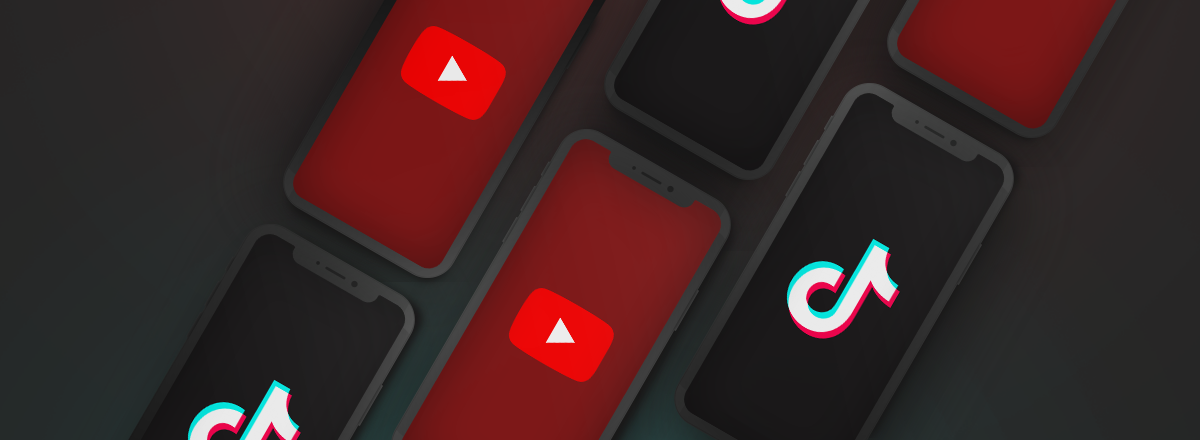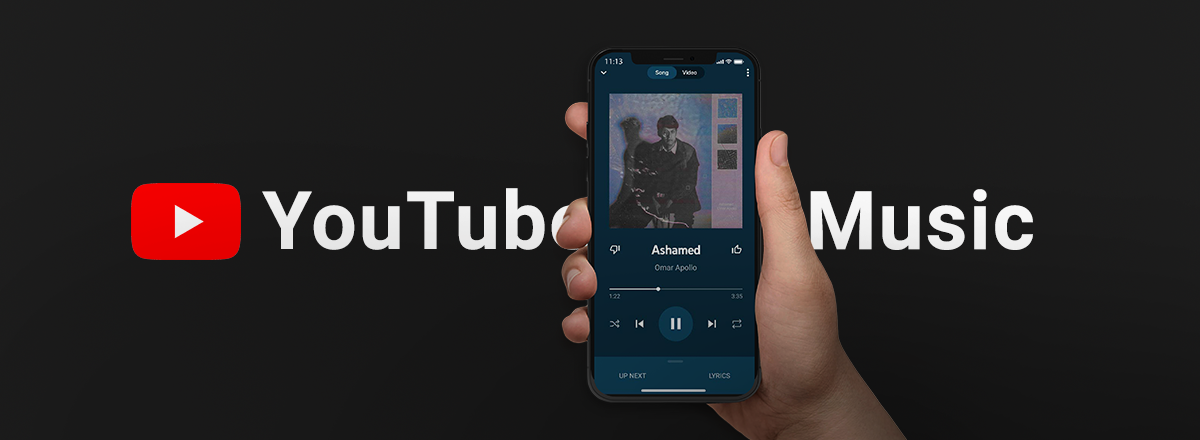YouTube finally rolled out a new feature called Video Chapters, which is now available on all iOS and Android devices and desktops and tablets.
0:00 We heard you and added Video Chapters.
— YouTube (@YouTube) May 28, 2020
0:30 You liked it.
1:00 Now it's official: Video Chapters are here to stay.
1:30 Creators, try Chapters by adding timestamps starting at 0:00 to your video description. Viewers, scrub to find exactly what you’re looking for.
2:00 Enjoy! pic.twitter.com/bIHGsGVmyW
YouTube launched the feature after a successful testing period that started in April and made several improvements based on users’ feedback, which in general was positive, according to the company.
The feature is designed to help users find specific parts in videos more easily and quickly. Video Chapters divides video clips into chapters using timestamps that video creators indicate in the description. Therefore, users can jump to particular moments of the videos or re-watch them if they wish. These chapters can be seen at the bottom of the video player in the progress bar.
On mobile devices, YouTube built a haptic buzz in the app, so users will feel it when they scroll through the video progress bar and jump from one chapter to another.

The new feature is optional and does not work automatically, as creators can either enable it or not. To enable Video Chapters, they need to make sure the first timestamp in the description starts at 0:00 and put at least three 10-second or longer chapters. To disable Chapters, the first timestamp should start with something different from 0:00, for example, with 0:03.

YouTube promises to remind video creators to apply chapters to promote the feature. The video platform also plans to add chapters to YouTube Original content. Besides, the company will work on keyboard shortcuts to make it easier for those who prefer using a keyboard for video navigation to use Chapters.
Since creators need to input timestamps to activate chapters, there are not so many videos with them yet, but you may check out how the whole thing works in this Radioheads’s video and this lecture on deep learning.














